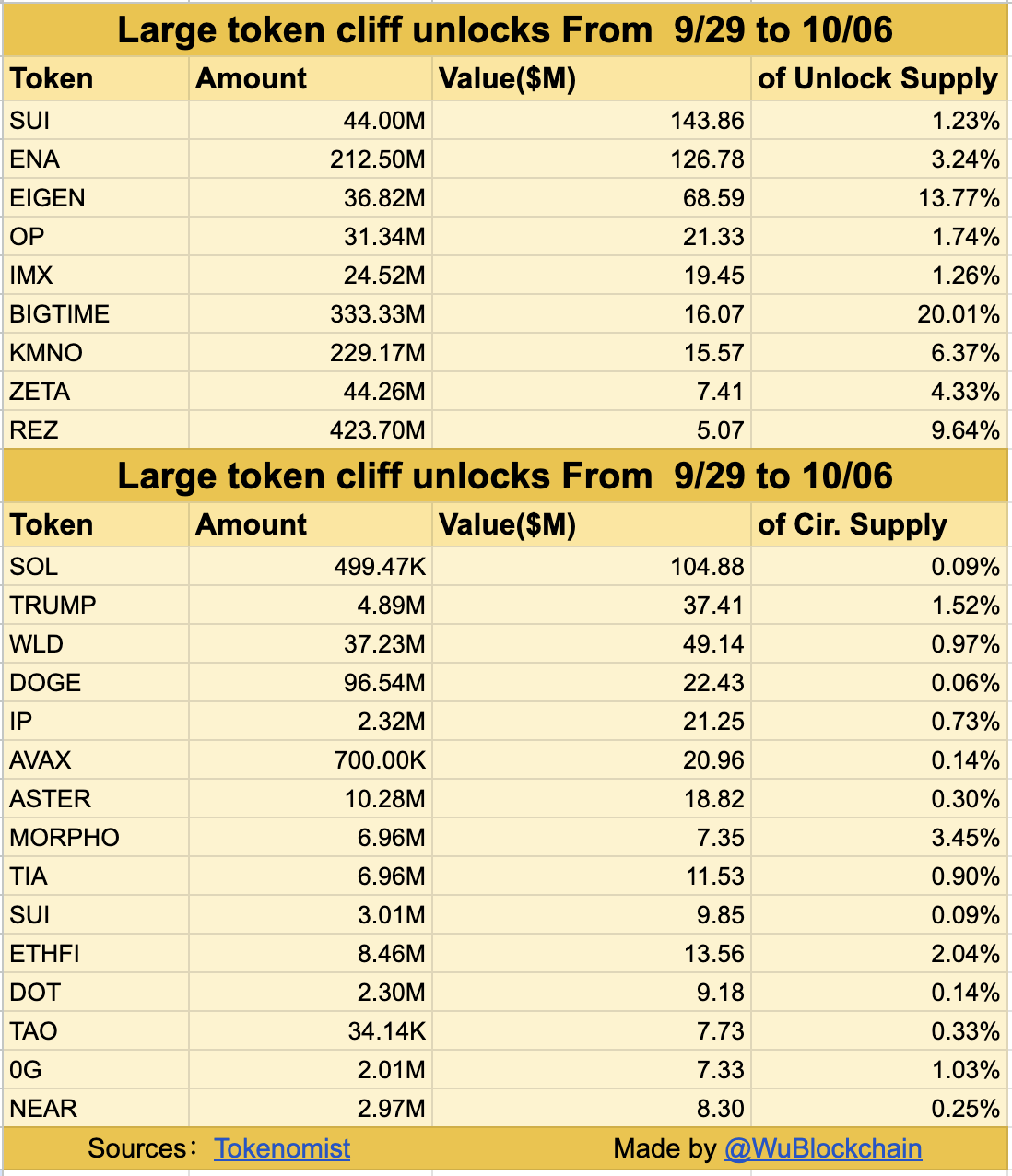Source: Galaxy; Compiled by: Jinse Finance
The hot topic in the cryptocurrency world this past week has been CZ's latest project, Aster. The decentralized exchange's token, ASTER, launched a week ago and has already risen to the top of the list of revenue-generating protocols in the cryptocurrency space.
Data from DefiLlama on September 27 showed that Aster's 24-hour revenue reached nearly $14 million, surpassing Circle and Hyperliquid and second only to Tether ($22 million).

This is pretty amazing considering most people had no idea what Aster was before last week.
AsterDEX was born in late 2024, formed through the merger of yield infrastructure provider Astherus and perpetual swap exchange APX Finance. Aster offers a range of services: an advanced order book perpetual swap exchange (Aster Pro) based on BNB Chain, Ethereum, Solana, and Arbitrum; one-click, MEV-resistant perpetual swaps with 1001x leverage; a companion spot exchange (Aster Spot); and yield infrastructure (Aster Earn), including a yield-generating stablecoin (USDF). Aster's roadmap extends further, including the Aster Chain, designed for low-friction transactions.
The market is clearly taking notice. On September 17, Binance founder CZ tweeted about Aster, when the token was trading at $0.17; as of this writing, its price has risen to $1.60, a 1,015% increase.
Our take:
Aster's perpetual swaps business directly taps into one of the largest market opportunities in the cryptocurrency space. According to Coinglass, perpetual swaps currently account for over a trillion dollars in monthly trading volume, primarily concentrated on centralized exchanges (CEXs) including Binance, Bybit, and OKX. In contrast, the decentralized exchange (DEX)/centralized exchange (CEX) ratio for spot trading has steadily increased. Hyperliquid has proven that streamlined perpetual swaps infrastructure can scale rapidly; it is one of the biggest winners of this cycle. If the profit potential of perpetual swaps decentralized exchanges (DEXs) is enormous relative to their construction costs, new competitors will inevitably flock to the market.
This is exactly what we're seeing. Lighter, BULK, edgeX, Drift, Pacifica, and Zeta all take different approaches to execution and fee routing. Expect more vampire attacks on Hyperliquid and more new players joining. Given the significant interest in on-chain perpetual swaps, the DEX/CEX ratio for derivatives is likely to rise.
Against this backdrop, Aster's strategy appears to be to widen its moat through integration. Backed by YZi Labs (the venture capital arm of Binance's founders), the project aims to capture the entire user "session," not just the transaction itself, by integrating perpetual swaps, spot trading, yield farming, and stablecoin settlement into one platform. More broadly, the attention the project has generated has ignited user activity on Binance's BNB Smart Chain.
The ripple effects of competition are already evident. Hyperliquid's HYPE token has fallen approximately 30% since Aster's launch. Even the "king" is vulnerable to competitors that can attract significant attention. Aster's surge was largely driven by rumors and speculation that CZ and YZi Labs would stop at nothing to promote the project. But this is also reality. Doubling revenue in 24 hours is no joke.
The challenge now is sustainability. It’s easier to soar in revenue when the story is fresh and hot, but it’s harder to maintain traction.








